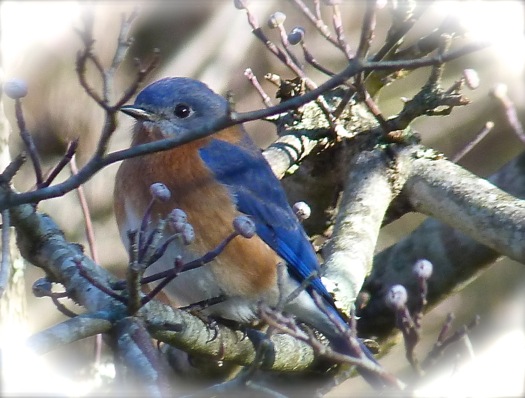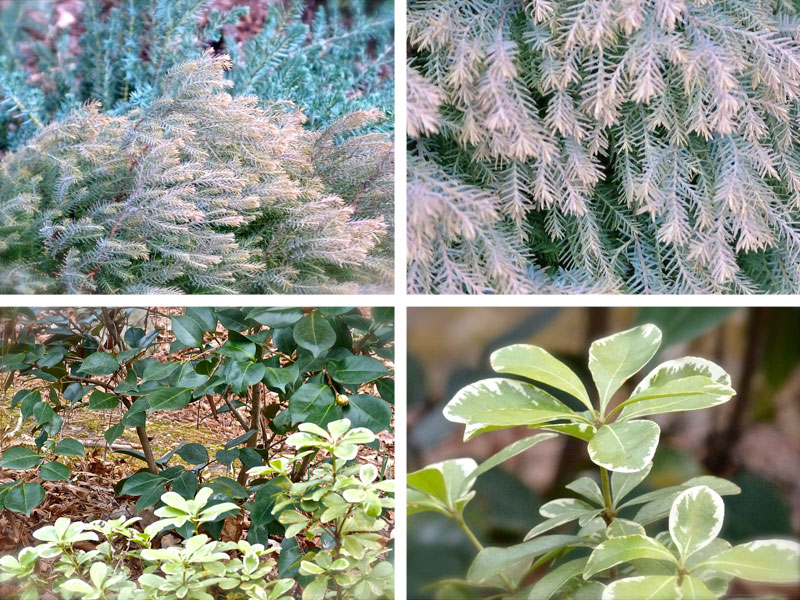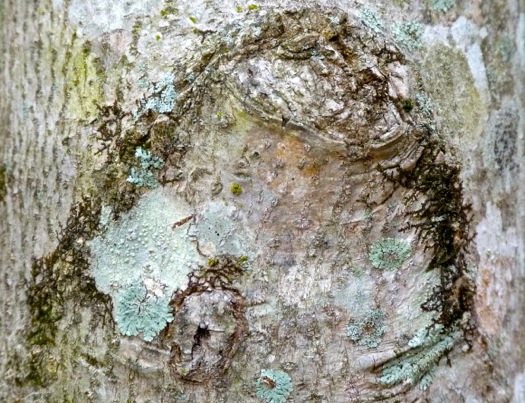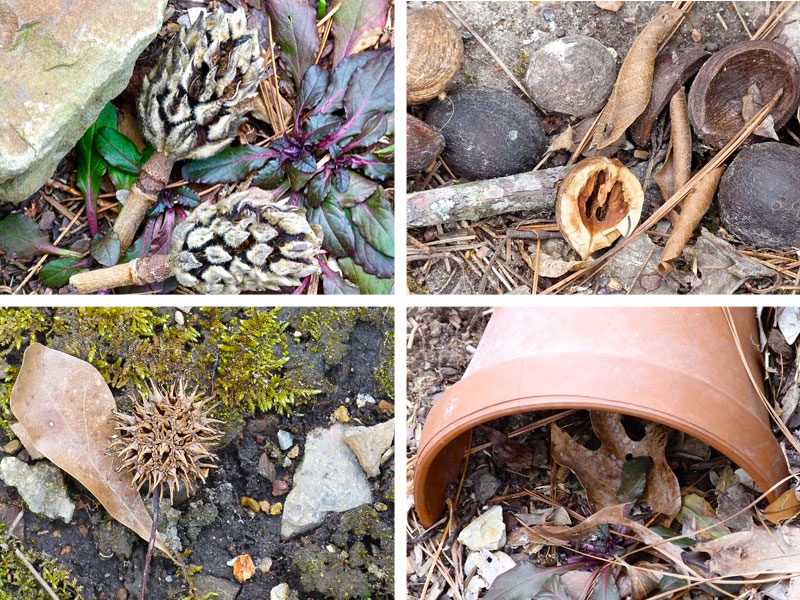The Passionate Gardener
 Sunday, February 7, 2016 at 3:20PM
Sunday, February 7, 2016 at 3:20PM Lou and I spent the last couple of days pruning shrubs and trimming trees. I do not commit crape murder! I prune this crape myrtle so that it is allowed to grow into its naturally beautiful tree form. Unfortunately, I still see crape myrtles that have been chopped back to large stubs, a practice that promotes ugly knots and lots of weak sprouts.I felt a rush of satisfaction as I removed dead branches, shaped and cut wayward shoots from crape myrtles and apple trees. They look great now and are ready for a new season of growth. There is much to do as spring approaches, and as I worked I was happily making a list of projects. The world is wakening! Leaf and flower buds are beginning to appear and bulbs are pushing up out of the earth.
I do not commit crape murder! I prune this crape myrtle so that it is allowed to grow into its naturally beautiful tree form. Unfortunately, I still see crape myrtles that have been chopped back to large stubs, a practice that promotes ugly knots and lots of weak sprouts.I felt a rush of satisfaction as I removed dead branches, shaped and cut wayward shoots from crape myrtles and apple trees. They look great now and are ready for a new season of growth. There is much to do as spring approaches, and as I worked I was happily making a list of projects. The world is wakening! Leaf and flower buds are beginning to appear and bulbs are pushing up out of the earth. Hepatica blooms
Hepatica blooms
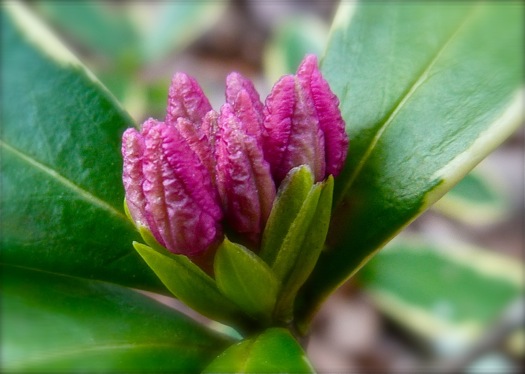 Variegated Winter Daphne is loaded with buds that are not quite open.
Variegated Winter Daphne is loaded with buds that are not quite open.
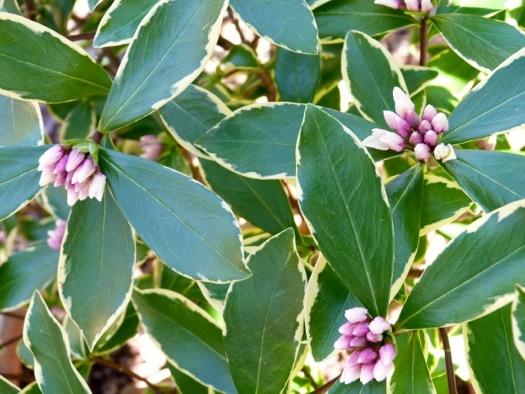
 Flowering quince
Flowering quince
The young man we hired to help us yesterday was a kindred spirit. He glowed when he talked of his plans to study horticulture and his love of plants and nature. Is this sort of thing genetic? Are we born gardeners? Lou once worked with a man who was a successful businessman, who also happened to be a body-builder. But this tough guy's real love was growing roses. Then there are a couple of former head football coaches, Pat Dye of Auburn and Vince Dooley of the University of Georgia, who have both become passionate gardeners in their retirement years. Last year I had the pleasure of visiting Pat Dye's marvelous garden. He talked to our group and said, while football was the job he was known for, gardening was who he was.  Hellebores are now blooming.
Hellebores are now blooming.
 Another lovely hellebore
Another lovely hellebore
What makes us love gardening so much? What pulls us to the soil, no matter what other responsibilities and professions we may have? Is it the joy of creativity and watching things grow, the exercise, the fresh air, or the challenge of conquering difficult climate and soil conditions? 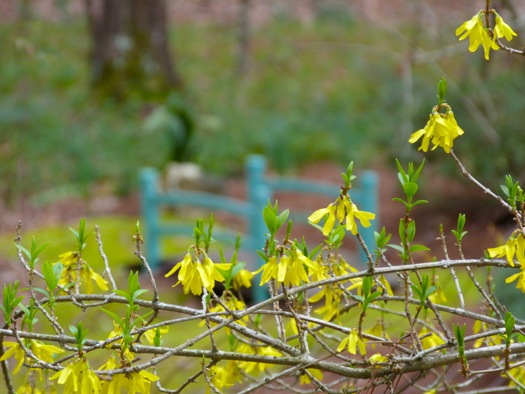 Forsythia is one of the earliest spring bloomers.
Forsythia is one of the earliest spring bloomers.
 Camellia 'Red Candles'What draws you to gardening?
Camellia 'Red Candles'What draws you to gardening?
You may also enjoy these posts:
Confessions of a Perfectionist
Pruning is fun and other basics you need to know
Happy Gardening! Deb
